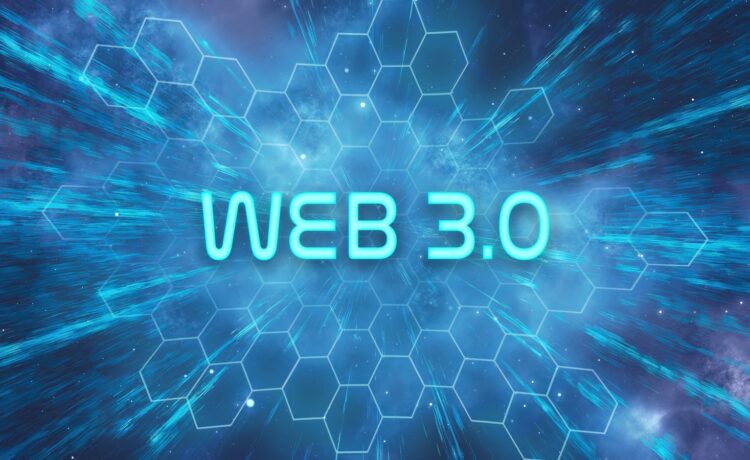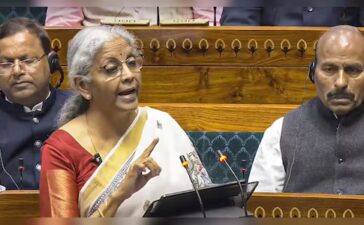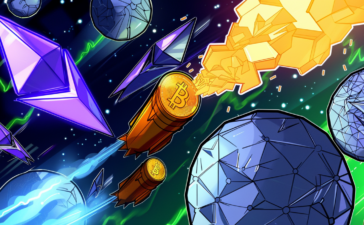A little more than three years ago, I began my deep dive into the Web3 ecosystem, and nothing in the last two decades has ignited my excitement quite like this. The last time I had such a Eureka moment was when I realised, while teaching, that social media would profoundly reshape our world. I see clear parallels to that in the impact Web3 will likely have on our lives.

Web1 was about opening up the world’s information. Web2 brought us connectivity — people, conversations, and democratisation. Web3, however, is about ownership — of data, transactions, and assets.
With smart contracts and decentralised systems, it has the potential to empower users like never before, completing the story of democratisation and disintermediation. Blockchains like Solana focus on five essential pillars for revolutionising global transactions — decentralisation, stability, security, speed, and low transaction costs.
Yet, large-scale, mainstream usage of Web3 is viewed with scepticism, partly due to its association with cryptocurrency. Governments worldwide are still grappling with how to regulate crypto, leading to a sense of uncertainty. But reducing Web3 to just crypto would be a grave mistake. The real opportunity lies in creating a highly efficient global financial system—far beyond the speculative trading of digital assets.
When you dive into the crypto world today, a few things catch your attention. Many early adopters, or “degens” (short for degenerates), dominate the space. These individuals chase high-risk, high-reward opportunities, often trading meme coins with potential for exponential returns — gains of 10,000% overnight aren’t unheard of, but neither is complete wipe-outs in a matter of hours. No wonder many of them get wiped regularly, finding themselves completely out of liquidity, only to be brought back by a miraculous “airdrop” of a token or another NFT.
But it’s important that they come back. Their role is critical to the ecosystem.
These degens are the fuel for the rapid, often chaotic experimentation needed to build Web3’s infrastructure. The builders of Web3 are creating a completely new world — think of them as modern-day Columbuses. Except, instead of discovering new continents, they are working to unify our world into one. Crypto coins and tokens are the “gold” that rewards the degens for their time, effort, and risk. Without the gold, who would dig?
The crypto-economy, in a sense, gamifies the development of Web3. But the endgame isn’t just about speculation. The infrastructure being built today could unify the global monetary system.
The entire crypto-economy has been waiting for two things: mainstream adoption and real-world use cases. The answer has been staring us in the face.
I don’t believe crypto will become a mainstream currency in the traditional sense, but its role will be pivotal. Sure, you can buy a car or a watch with Bitcoin today, but trillions of meme coins won’t become mainstream currencies. What I see happen instead (or I hope it happens) is the convergence of fiat currencies with crypto in a seamless, frictionless Web3 environment.
Take the current situation: You are travelling to another country and need foreign currency. You go through a tedious process — contacting your bank or foreign currency dealer, filling out paperwork, paying fees, and collecting your foreign currency. Once you return from overseas travel, you repeat the process to convert any leftover currency.
Now, imagine a Web3-powered alternative: You log into a decentralised exchange (DEX) with your existing crypto wallet (KYC done), exchange your INR Central Bank Digital Currency (CBDC) for the foreign equivalent within seconds, pay any government taxes in that very same transaction, and you are ready to go about your travels. You pay for everything — train rides, meals, any offline purchases — directly from your crypto wallet, with zero friction and minimal cost. Back home, you can convert the foreign currency back into your CBDC in an instant, all without any intermediaries.
This vision isn’t far off. India, for example, is already leading the way with both wholesale and retail CBDCs, aiming to streamline cross-border payments. The building blocks for this future are already in place.
Smart contracts will go beyond payments. They will eliminate the need for intermediaries in any ownership deals — whether for real estate or stocks. Property registrars and clearinghouses will become obsolete, as all transactions will be settled in seconds, with taxes paid in real-time. Governments will no longer need to worry about the source of funds, as KYC processes will have already been completed.
The future of finance is already here, built within the crypto-economy. What’s missing is the convergence of fiat currencies and crypto on established blockchains such as Solana. Once this happens, Web3 will become the foundation of a truly global, frictionless financial system.
Much like Unified Payments Interface (UPI) revolutionised payments in India, Web3 will reshape the world’s monetary system. The infrastructure is ready. We just need to drop the term “crypto” and embrace the Web3 revolution. A global financial revolution is upon us.
Rajesh Lalwani is CEO, Scenario Consulting. The views expressed are personal

















